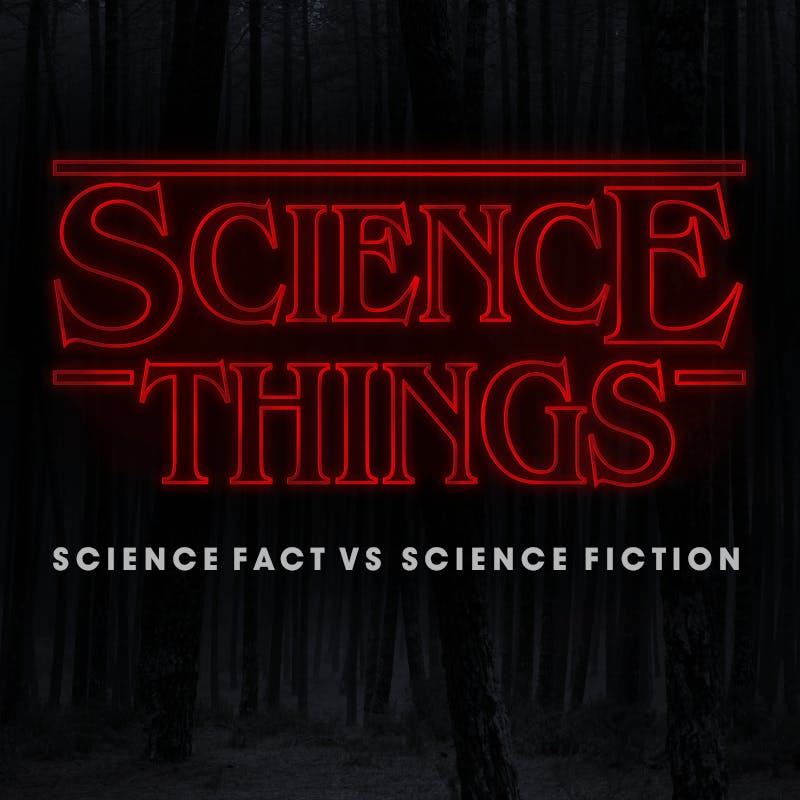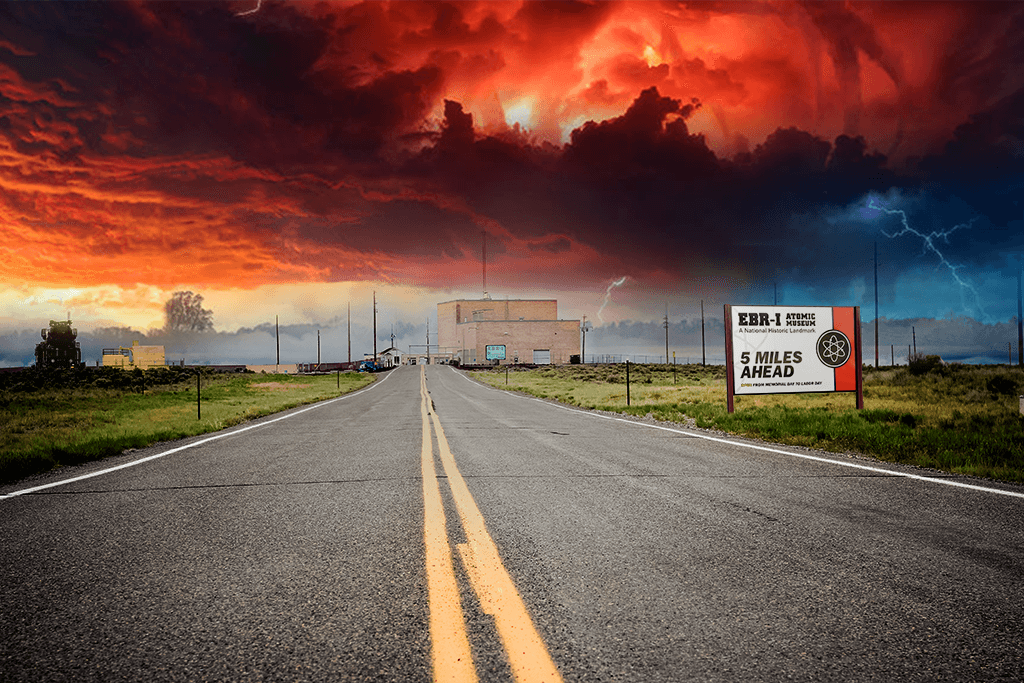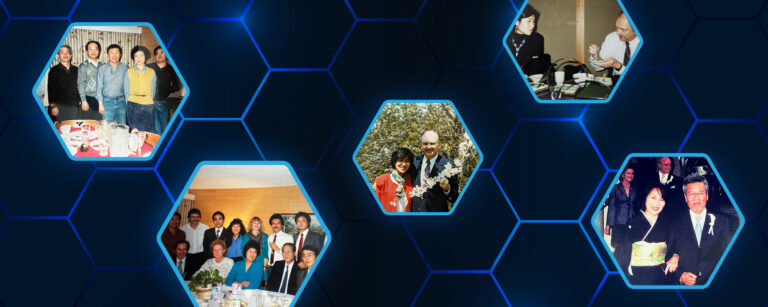We are all fans of “Stranger Things,” and we’re counting down to the second season. While Hawkins National Laboratory is a fictional Department of Energy (DOE) laboratory, real scientists, engineers and technicians at Idaho National Laboratory (INL) work to resolve our nation’s big energy and security challenges. Here are some science facts to set the record straight about the people and research here at INL, because what we do is anything but science fiction.

1. Science Fact: Idaho National Laboratory is a real DOE national lab solving real-world energy issues.
Science Fiction: Hawkins National Laboratory is a fictional DOE national lab, and doesn’t actually exist.

2. Science Fact: At Idaho National Laboratory, we have “rad” scientists changing the world’s energy future.
Science Fiction: Hawkins Lab scientists are “mad scientists.”

3. Science Fact: The CAVE at Idaho National Laboratory (Center for Advanced Energy Studies) allows researchers to virtually explore large 3-D data sets to gain insight.
Science Fiction: Hawkins National Lab has a creepy, cavelike entrance to the “Upside Down.”

4. Science Fact: 1980s Idaho National Lab employees looked like this.
Science Fiction: 1980s-era Hawkins National Lab workers looked like secret agents.

5. Science Fact: On Dec. 20, 1951, four light bulbs at Experimental Breeder Reactor-I were the first in the world to be powered up with nuclear-generated electricity.
Science Fiction: The Christmas lights in “Stranger Things” power up with paranormal activity.

6. Science Fact: At INL, we keep vehicles moving with our advanced vehicle and battery research.
Science Fiction: Eleven is able to move a vehicle with her mind.

7. Science Fact: TREAT, a transient test reactor at Idaho National Laboratory, will “come back to life” this fall, resuming operations for the first time since 1994.
Science Fiction: Will was referred to as the “boy who came back to life.”

8. Science Fact: INL Human Factors researchers study how operators respond to emergencies and stressful situations in a virtual control room simulator as part of efforts to design systems that help people work smarter and safer.
Science Fiction: Hawkins National Lab did paranormal research on live human subjects.

9. Science Fact: At Idaho National Laboratory, we research the dynamic use of spectrum to ensure resilient real-world communications.
Science Fiction: Eleven uses a HAM radio to communicate with Will when he is stranded in the “The Upside Down.”

10. Science Fact: The canal at the Advanced Test Reactor at INL shields and cools nuclear fuel and experiments, as well as stores cobalt 60 destined for medical applications.
Science Fiction: Barb is taken by the monster near a swimming pool.

11. Science Fact: In the desert of southeastern Idaho, another long and barren road leads to Experimental Breeder Reactor-I. In 1951, an enigmatic conclave of scientists activated the reactor for the first time, and gave birth to a new form of energy known as nuclear power. Today, EBR-I is a museum open to the public during the summer.
Science Fiction: The road to Hawkins National Laboratory is long and barren.







